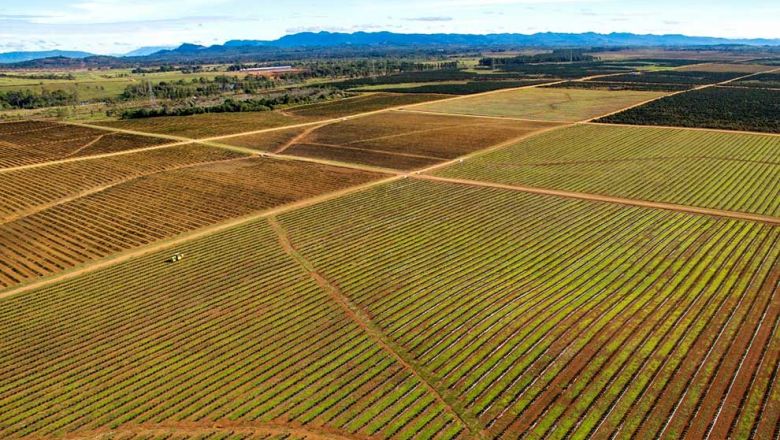Asean-US trade tops US$226 billion in 2015
Asean-US trade tops US$226 billion in 2015
Sunnylands, California, the United States: The trade in goods between Asean and the United Stated grew by 5 percent in 2015 and now tops US$226 billion, statistics show.
Trade in goods with the 10 Asean member countries has expanded by 55 percent during US President Barack Obama's administration, according to statistics provided by the White House's Office of the Press Secretary.
The figures were released just ahead of the US-Asean Summit which takes place here on Monday and Tuesday. US and Asean leaders are set to discuss ways to deepen cooperation in economic affairs, security issues and environmental protection.
US companies have been the leading source of foreign direct investment (FDI) in Asean. With a stock of over US$226 billion, US FDI in Asean has nearly doubled since 2008. Meanwhile, FDI from Asean countries in the United States was US$24.2 billion in 2014.
Asean countries are collectively the United States' fourth largest trading partner, with gross domestic product (GDP) growth that has exceeded the global average every year for the past 15 years.
The Asean nations, whose leaders announced the establishment of the Asean Community at the end of last year, are seen as an emerging market and an important contributor to regional and global economic growth.
US Deputy National Security Advisor for Strategic Communication Ben Rhodes said in a media release that the White House values Asean. President Obama has prioritised his economic engagement with Asean because Asean is a growing market that is going to be central to driving American growth and job creation going forward.
More than 500,000 American jobs are now supported by the trade in goods and services with Asean.
“Asean nations have been working to integrate their own economies through the Asean Community, and that creates new opportunities for us to engage the collective of Asean in deepening our trade and commercial ties,” Mr Rhodes was quoted as saying.
Asean comprises the third -largest economy in Asia and the seventh largest in the world, with a combined GDP of US$2.4 trillion. The Asean region is young and dynamic, with a combined population of 632 million people, more than 65 percent of whom are below the age of 35.
“Asean is important to American prosperity. Asean is a rapidly growing region with an expanding workforce and a growing middle class,” Ambassador of the US Mission to Asean Nina Hachigian said in her remarks at the Habibie Centre's Ambassador Seminar Series in Jakarta last month.
Today, 3 million Americans visit the Asean region annually and visitors from Asean countries spend over US$4 billion in the United States each year, according to the White House.
The US has expanded trade ties with the Asean region. Four Asean countries - Brunei, Malaysia, Singapore and Vietnam - are part of the Trans-Pacific Partnership.
The US also has Trade and Investment Framework Agreements or other formal trade dialogues with nine of the 10 Asean countries and separately with Asean as an institution. These agreements and dialogues provide a mechanism to address trade and investment issues and deepen their economic ties.
The United States also collaborated with Asean countries to create the Asean Single Window, which facilitates customs processing and reinforces an efficient regional trade environment.















